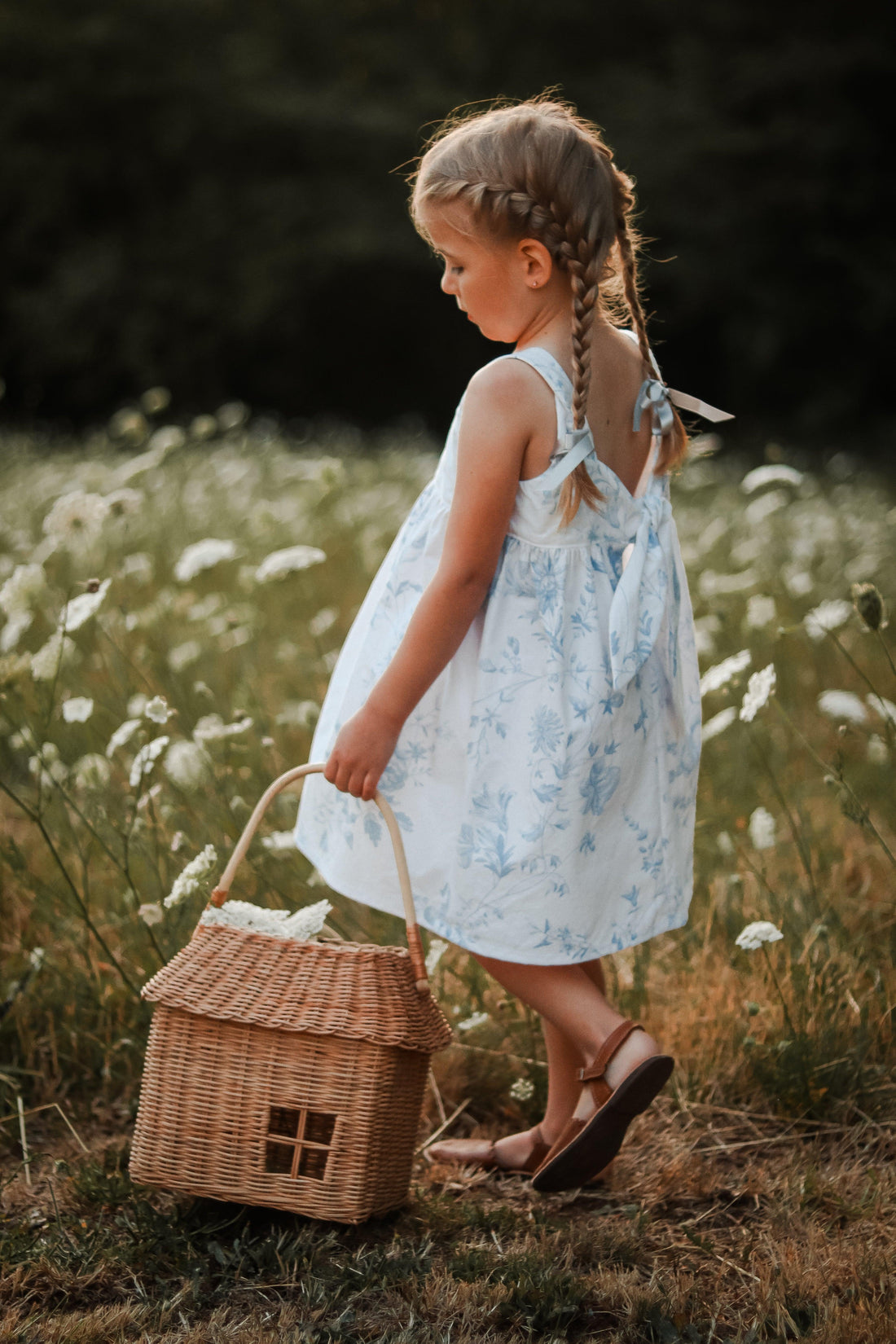
How to Choose the Right Size for Your Child
Share
One of the most common questions when sewing for children is: “What size should I make?” Unlike store-bought clothes, handmade garments rely entirely on measurements and pattern accuracy—not generic age labels.
In this guide, we’ll walk you through how to choose the right size for your child, even if they fall between sizes, and how to make simple adjustments for a better fit and longer wear.
Why Choosing the Right Size Matters
Children grow fast—and their bodies don’t always follow standard sizing. Choosing the correct size ensures:
- A comfortable fit (no tight shoulders or droopy necklines)
- Better-looking finished garments
- Fewer sewing mistakes or surprises
- Longer wear time (especially with growth room built in)
Step 1: Take Accurate Measurements
Before choosing a pattern size, measure your child. The three most important measurements for kids' clothing are:
- Chest – Measure around the fullest part of the chest
- Waist – Measure at the natural waist (usually just above the belly button)
- Height – From the top of the head to the floor, standing straight
Optional but helpful: Hip, inseam, and shoulder-to-waist for pants or dresses.
Tip: Write these down and date them. Kids grow quickly, so check measurements before every project!
Step 2: Read the Pattern’s Size Chart Carefully
Every pattern designer has their own size chart. Never assume a size based on age (e.g. “Size 6 for a 6-year-old”).
Look for:
- Measurement ranges per size (e.g. Size 4: Chest 23–24 in)
- Finished garment measurements (to understand ease)
- Size recommendations by height (often more reliable than age)
Step 3: What to Do If Your Child Falls Between Sizes
If your child’s measurements fall across two sizes, you have a few options:
Option 1: Blend Sizes
If your child has a size 5 chest and size 6 height, you can grade between sizes when cutting the pattern. For example, draw a smooth line from size 5 at the chest to size 6 at the hem.
Option 2: Choose the Larger Size with Room to Grow
Add elastic or adjustable elements (like waistbands or straps) to get a better fit now, with room for growth.
Option 3: Adjust the Pattern
Some patterns include lengthen/shorten lines—use these to add or remove height without changing the width.
Step 4: Consider the Style and Fit of the Pattern
Some garments are designed to be loose (like tunics or pajamas), while others are more fitted (like leggings). The intended fit will help you decide if you can size up or down safely.
For relaxed styles: You can often size up without much risk.
For fitted styles: Stick closer to actual measurements.
Step 5: Make a Fit-Friendly Muslin (Optional)
If you’re sewing a new pattern for the first time—or if you're unsure about sizing—try making a muslin (a test version) in inexpensive fabric. This can save time and fabric in the long run.
Bonus: Fit Tips for Longevity
To get more wear out of handmade clothes:
- Add extra hem allowance so it can be let down later
- Use elastic waistbands or adjustable straps
- Choose stretch fabrics where possible for comfort and flexibility
Final Thoughts
Choosing the right size for kids’ sewing patterns is more about measurements than age labels. With a little extra attention at the beginning—measuring, checking charts, and adjusting when needed—you’ll end up with better-fitting, longer-lasting handmade clothes.
Ready to start? Download one of our beginner-friendly PDF patterns and put your new skills to the test!
